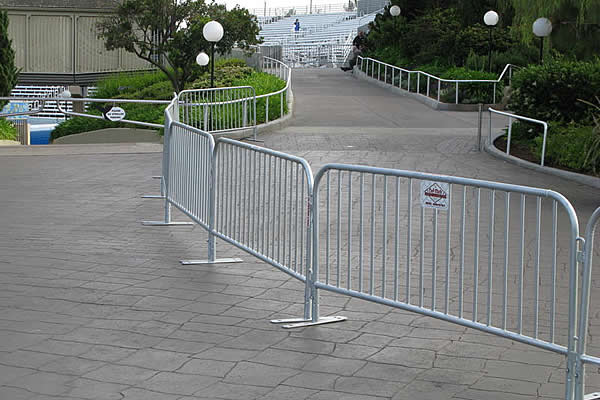 TEL:
+86-13102802206
TEL:
+86-13102802206
 Email:
fencenetting@china.com
Email:
fencenetting@china.com
 Language
Language
 TEL:
+86-13102802206
TEL:
+86-13102802206
 Email:
fencenetting@china.com
Email:
fencenetting@china.com
 Language
Language


The Fluctuating Dynamics of Black Iron Wire Prices
Black iron wire, a staple in many industries, particularly in construction and manufacturing, has been subjected to price fluctuations driven by various factors. Understanding the dynamics of black iron wire prices can help businesses and consumers alike make informed decisions. This article explores the factors influencing these prices, current market trends, and what the future might hold.
What is Black Iron Wire?
Black iron wire is a type of wire made from low carbon steel, and it is coated with a layer of iron oxide, giving it a characteristic dark color. This wire is widely used for fencing, binding, and reinforcing materials in various applications. Its strength, durability, and cost-effectiveness make it a popular choice among contractors and manufacturers.
Factors Influencing Prices
1. Raw Material Costs The primary component of black iron wire is steel, and its price significantly impacts the cost of production. Fluctuations in steel prices, driven by demand in the global markets, can cause black iron wire prices to rise or fall. Factors such as tariffs on imported steel, operational costs in steel mills, and geopolitical tensions in steel-producing countries can affect raw material costs.
2. Supply and Demand The balance between supply and demand is crucial in determining prices. An increase in construction activities often leads to higher demand for black iron wire, pushing prices upwards. Conversely, during economic downturns, demand may decrease, resulting in lower prices. Seasonal demand also plays a role; for instance, construction projects often ramp up during spring and summer, leading to temporary price spikes.
3. Transport and Logistics Costs Transportation costs also directly affect black iron wire prices. Rising fuel prices can increase logistics costs, which in turn can contribute to higher prices for consumers. Additionally, the efficiency of supply chains and any disruptions—such as those caused by natural disasters or pandemics—can impact availability and pricing.
4. Market Competition The landscape of manufacturers and suppliers in the black iron wire market can also influence prices. A saturated market with numerous suppliers can lead to competitive pricing, while a market with few players may see higher prices due to a lack of competition. This dynamic is often influenced by regional factors, including local production capabilities and the presence of large distributors.

5. Government Policies and Regulations Tariffs, quotas, and trade agreements can influence the cost of importing materials used to produce black iron wire. Government subsidies for certain industries can also impact overall pricing. Local regulations about production standards or environmental compliance can increase operational costs for manufacturers, thereby affecting the final product prices.
Current Market Trends
As of late 2023, the market for black iron wire has been experiencing significant fluctuations. Analysts suggest that the post-COVID-19 economic recovery has spurred an uptick in construction and manufacturing activities worldwide, leading to increased demand. However, ongoing supply chain issues and geopolitical tensions continue to create uncertainty in the market.
Furthermore, innovations in production methods and shifts towards sustainable materials may also affect future pricing. The demand for recycled steel and bio-based alternatives in wire manufacturing is rising, which could lead to new pricing structures and market dynamics.
Future Outlook
Looking forward, several trends could shape the future of black iron wire prices. First, the continued growth in construction and infrastructure development, particularly in emerging markets, is likely to sustain demand. Second, advancements in production technologies may streamline manufacturing processes, potentially lowering costs.
However, volatility in raw material costs will continue to play a significant role in pricing. Industry players must remain agile and responsive to changes in the global market conditions, including steel tariffs, energy prices, and shifts in consumer preferences.
In conclusion, black iron wire prices are influenced by a complex interplay of raw material costs, supply and demand dynamics, transportation costs, market competition, and government regulations. As industries evolve, stakeholders must stay informed to navigate the shifting landscape effectively. Whether you are a manufacturer, contractor, or consumer, understanding these factors will be pivotal in making strategic decisions in the face of price fluctuations.